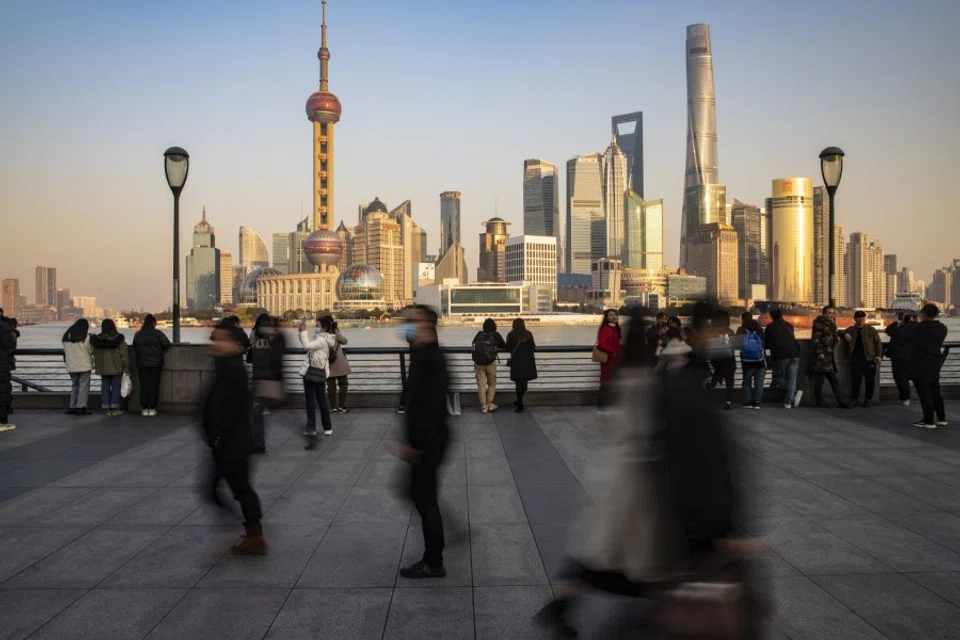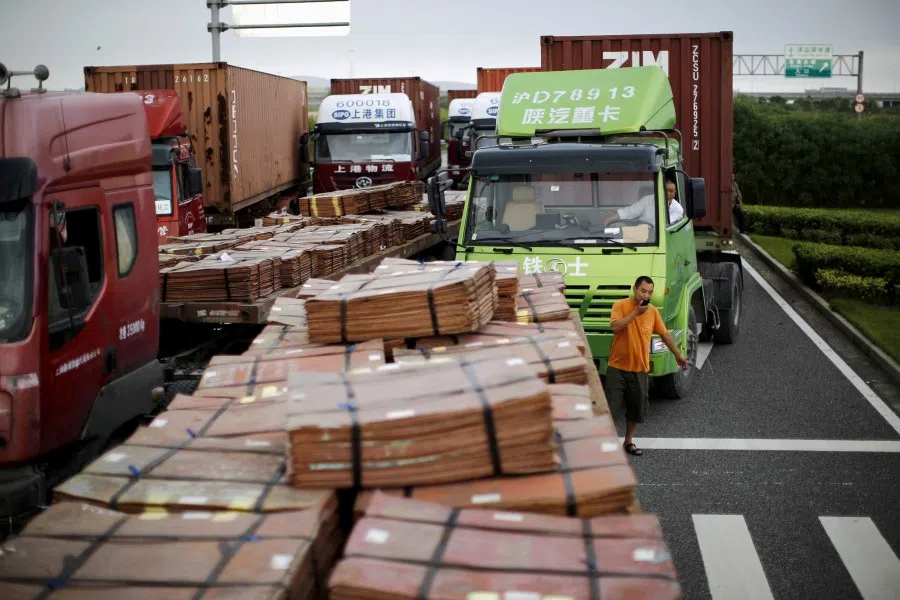How China's dual circulation strategy will affect the world economy
In May this year, China's leaders proposed a new dual circulation strategy featuring both domestic and international circulation, with emphasis on the former. Associate Professor Gu Qingyang of the Lee Kuan Yew School of Public Policy (LKYSPP) notes how this new strategy will complement the current global economic system, and how it will affect the rest of the world.

China's mid- to long-term economic growth target is to match the per capita GDP of a mid-level developed country by 2035, but it will face many internal and external challenges in the process, and it needs to adjust its development mindset. In May this year, China's leaders proposed a new dual circulation strategy featuring both domestic and international circulation, with emphasis on the former. The idea is to respond to new domestic and international challenges, and meet its mid- to long-term targets as scheduled.
Domestically, over the past 40 years, China has actively participated in globalisation, but with a mostly export-based model, investing in export-related sectors to focus on satisfying final demand from developed countries such as in Europe and the US. There are two drawbacks to this model: overemphasis on investments and exports, and overlooking the needs of the domestic market leading to a long-term imbalance in China's economic structure. Also, after 40 years of development, there have been fundamental changes in China's comparative advantages. Its spending power has jumped, and it has built more comprehensive domestic production and supply chains. And so, in terms of domestic development, its previous export-based model needs to be adjusted to achieve a balance between investment and domestic consumption.
A stable China means stability for the world
Dual circulation will also have a major impact on the world. China has actively participated in economic globalisation, but if the global circulation system is hit hard by geopolitics, that will affect China's international economic activity, and also affect China's domestic economy through international trade and investments, leading to major fluctuations in its domestic economy. In the dual circulation system, China's domestic circulation and international circulation are linked yet separate. Dual circulation will help China to use the domestic circulation that it controls to maintain stability and respond to uncertainties in the international environment. The emerging development pattern will help China to balance economic efficiency and economic security, and make greater contributions through stabilising and improving economic development. If China is stable, that is good for the stability of the world.
In building China's domestic circulation system, the main drivers are developing the domestic market and boosting consumption. This will bring profits for companies in China, and will also help China to transform from the biggest exporter to the biggest importer...

However, domestic circulation is only the bare minimum; in itself, it cannot solve all problems. Opening up and globalisation are still China's best options. So, China's dual circulation should be about higher-level opening up and higher-quality domestic development, and trying to maximise the best of domestic and international factors. And as long as China remains open, the more it will be good for global growth.
A new export destination for the world
In building China's domestic circulation system, the main drivers are developing the domestic market and boosting consumption. This will bring profits for companies in China, and will also help China to transform from the biggest exporter to the biggest importer, especially in terms of demand for international high-end consumer products and finished advanced industrial products. This would help to reduce the trade deficits of its main trading partners and reduce tensions in international trade. Right now, and for a while in the future, the US and other developed countries will have a weaker pull on demand, which means that China's domestic demand will have a significant pull on the global economy, and may create a new export destination for the world, which would support and boost the world economy.
Going further, China is the second largest economy in the world, with potential to become number one. But if its large trade deficit remains for long, that would be hard to accept in terms of international politics and economics. China's opening up its domestic market and industrial supply chain to the whole world through the dual circulation system would stimulate the growth of the world economy and help China in building a friendly external environment.

China's participation in international economic circulation means that it will continue to be a part of the current US-led global economic system, involving globalisation with North-South circulation. On the other hand, the China-led Belt and Road Initiative (BRI) focuses on East-West circulation, which would complement and improve the current global economic circulation system.
It has to hold to its right to development, while considering how the international community feels and what is acceptable, in order to create a harmonious external environment for China's mid- to long-term development.
Providing public goods through the BRI
Previously, globalisation was about international trade, investments, and technology transfer, and seldom involved public goods such as infrastructure. The results of such development were narrow and mostly dominated by the elites, and seldom benefited the general public, leading to a growing income gap and increasing social discontent. The BRI focuses on infrastructure, industry development, and urbanisation, retaining more value-add locally and stimulating employment and economic benefits. One can say that the greater inclusivity of the BRI would help eliminate global poverty and reduce the North-South divide, as well as being good for sustainable development. It is a new form of globalisation that provides a new platform and catalyst for international economic circulation.
The biggest challenge in China's mid- to long-term development is the impact of international geopolitics. China needs to have a new mindset and strategic innovation. As China thinks about how to build new relationships with the rest of the world from the perspective of integrating international politics and economics, it has to consider economic advantages as well as the global distribution of benefits. It has to hold to its right to development, while considering how the international community feels and what is acceptable, in order to create a harmonious external environment for China's mid- to long-term development. The dual circulation system provides a new concept in China's international relationships, and will have an important impact on global development.
Related: Even as US-China competition intensifies, the world can look forward to a few good things | China's turn towards domestic market amid global uncertainties - good for the world? | Connecting Chongqing and Southeast Asia: Challenges and potential of China-Singapore (Chongqing) Connectivity Initiative | Xi's five-year plan for Shenzhen: A hard road ahead?





